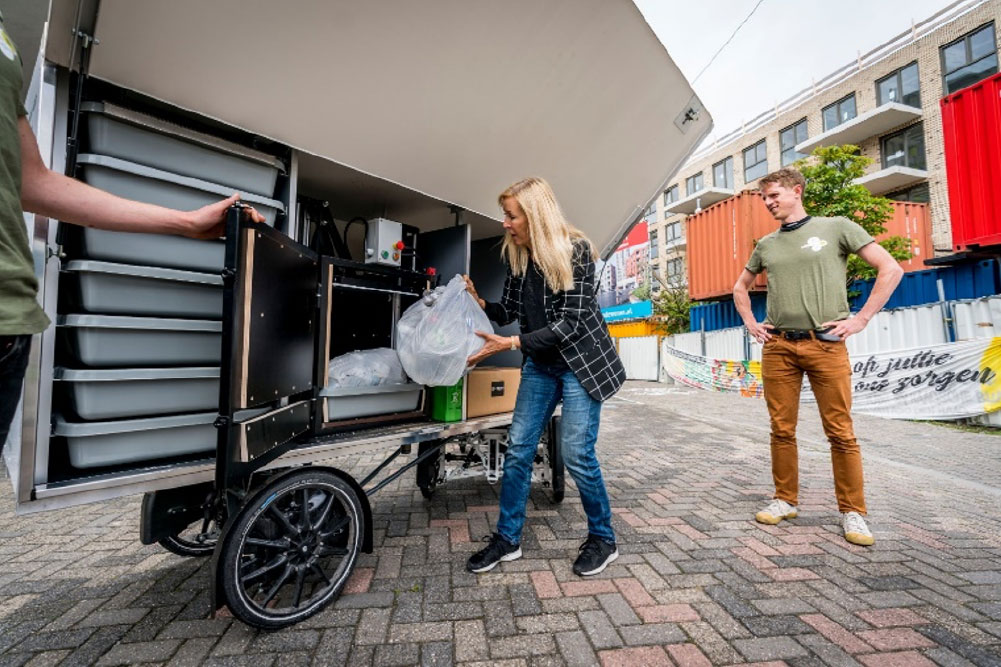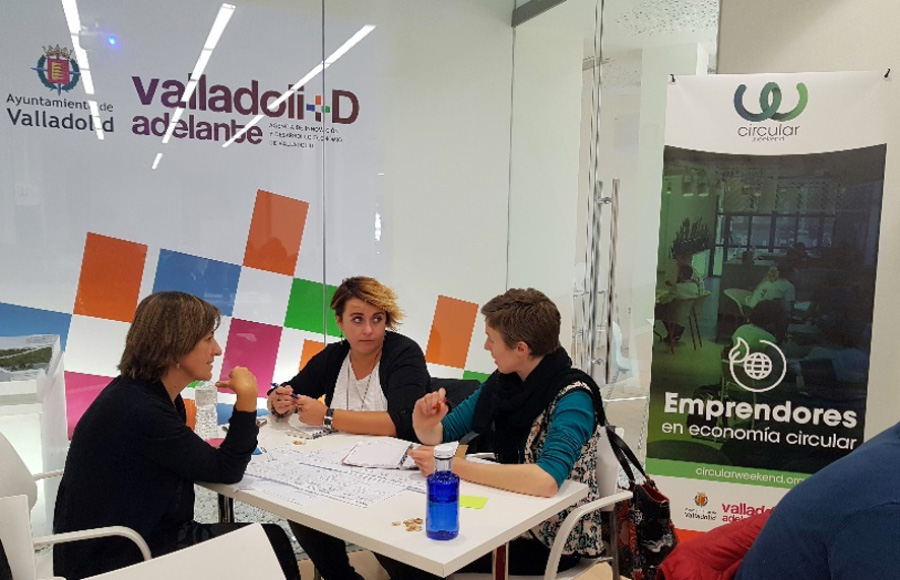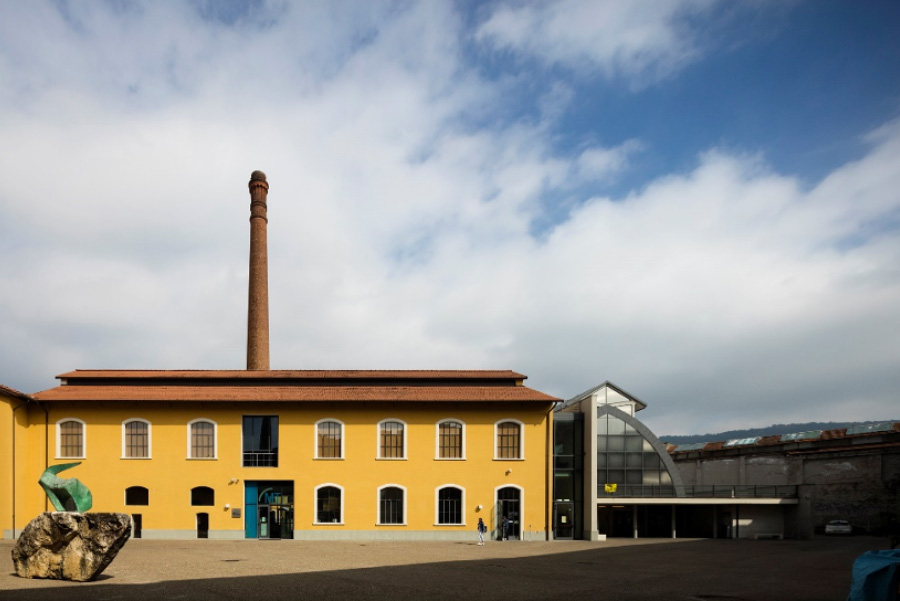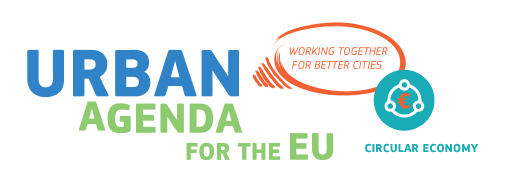Cross-Border Cooperation (INTERREG A)
Cross-Border Cooperation, also known as Interreg A, supports cooperation between European border regions (focusing on NUTS 3 regions). The overall programme is funded by the European Regional Development Fund and consists of 60 regional programmes (see figure 1).
Interreg A offers funding opportunities for projects that either address jointly identified challenges in a border region or exploit the untapped growth potential of the region. This way, Interreg A enhances the cooperation process between regions for the purpose of an overall harmonious development of the EU.
The 60 regional programmes have their own focus, but overall the programmes target three main challenges:
- Diverging national legislations on either side of the border (national legislation is “border blind”)
- Incompatible administrative processes
- Lack of common territorial planning
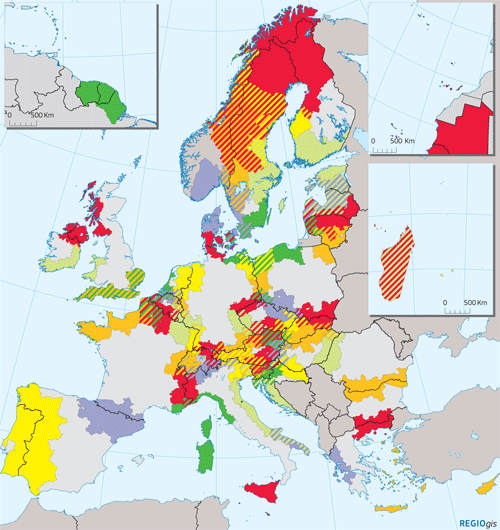
FIGURE 1: CROSS-BORDER COOPERATION PROGRAMMES 2014-2020.
(SOURCE: EUROPEAN COMMISSION)
What is the relevance for Circular Cities?
Although there is not an explicit link with urban or environmental issues, Interreg A could still be very relevant for cities in the transition to a circular economy. Cities that are situated in a border region could face challenges that hamper the transition. For example, disparities in legislation could frustrate the transportation and marketing of secondary materials that are produced in your city.
Moreover, multiple Interreg A programmes have formulated specific objectives related to the transition to the circular economy. The programme Interreg 2 Seas ![]() , for example, stimulates strongly objectives such as “Efficient Use of Resources and Materials” and “Circular Economy’.
, for example, stimulates strongly objectives such as “Efficient Use of Resources and Materials” and “Circular Economy’.
How to apply?
Calls for projects are published directly on the websites of the 60 regional programmes as well as on this joint website ![]() . An important first step is to identify programmes that are active in your region. An overview of programmes is provided here
. An important first step is to identify programmes that are active in your region. An overview of programmes is provided here ![]() .
.
Regional programmes specify specific eligibility criteria (types of organisation, minimum size of consortium, etc.) and define characteristics such as financing rates. In general, however, the following criteria apply for all Interreg A projects:
- All Interreg programmes are territory restricted: you are eligible only if you are located in the area that is addressed by the specific programme
- Cooperation between different countries is required: because Interreg A is dedicated to support Cross-Border cooperation, the partnership must include partners from the specified area
POST 2020: Interreg programmes – Cross-Border Cooperation
As from 2021, the architecture of the European Territorial Co-operation (ETC) programmes will change. The cross-border cooperation component would concentrate on land borders and the cross-border cooperation on maritime borders would be integrated into an enlarged ‘transnational cooperation and maritime cooperation’ component. Learn more on European Territorial Cooperation 2021-2027 ![]() .
.
